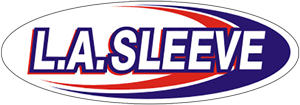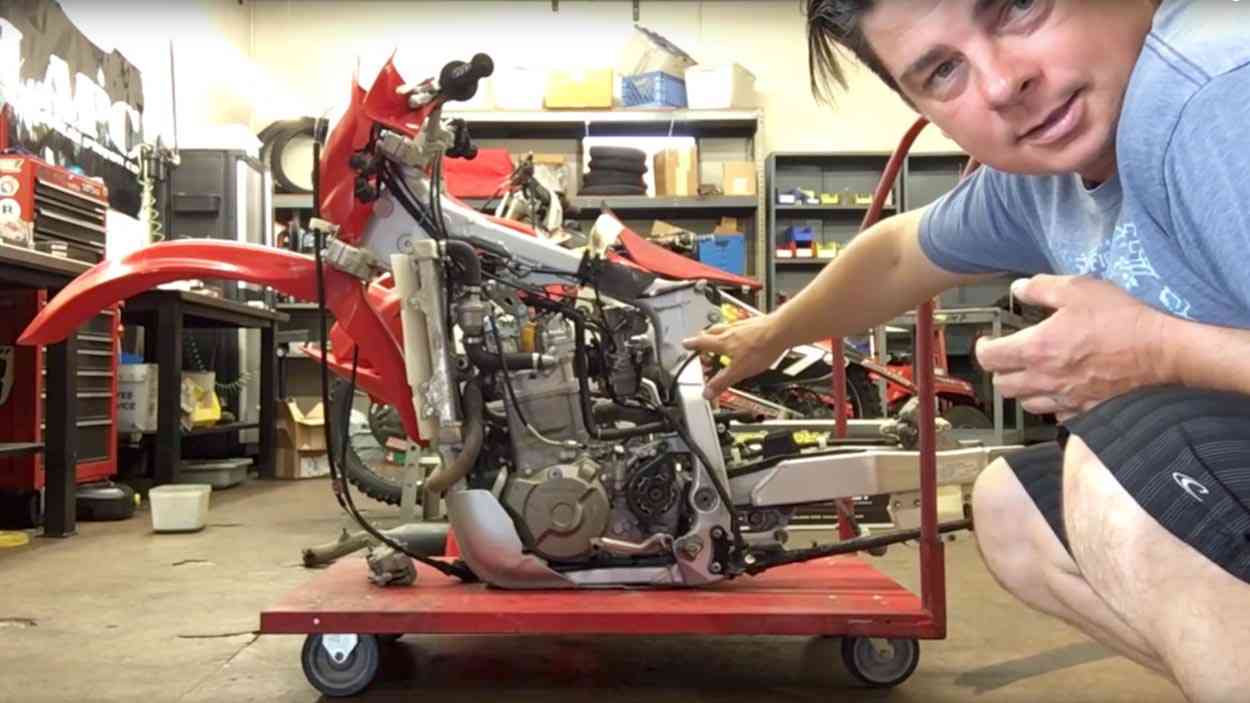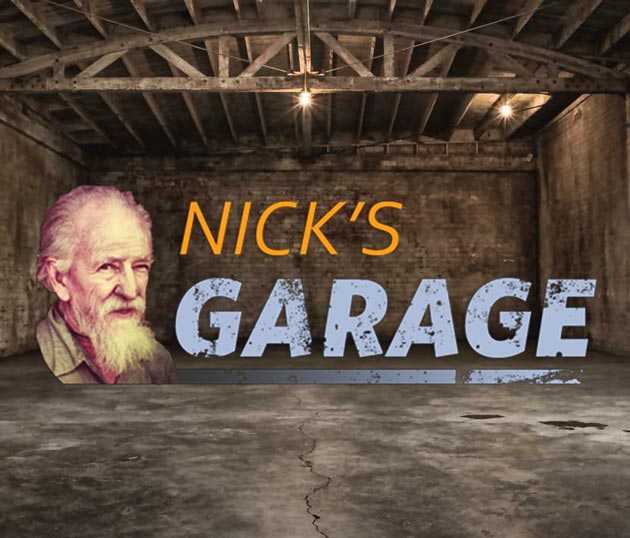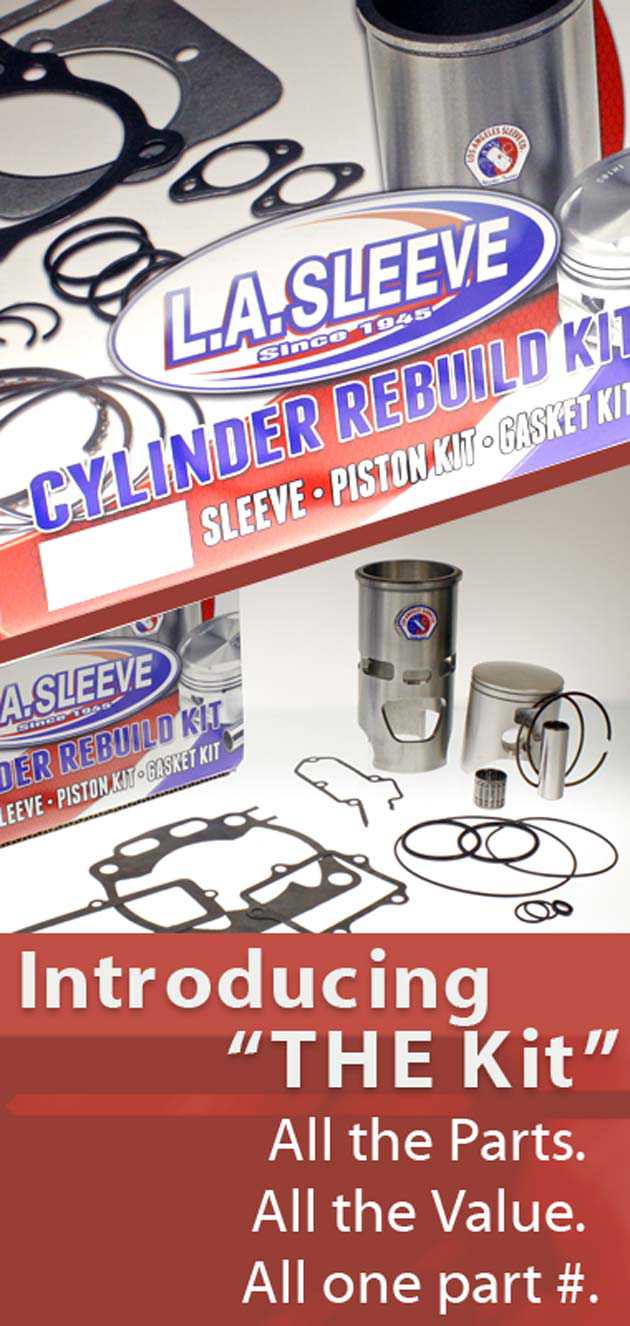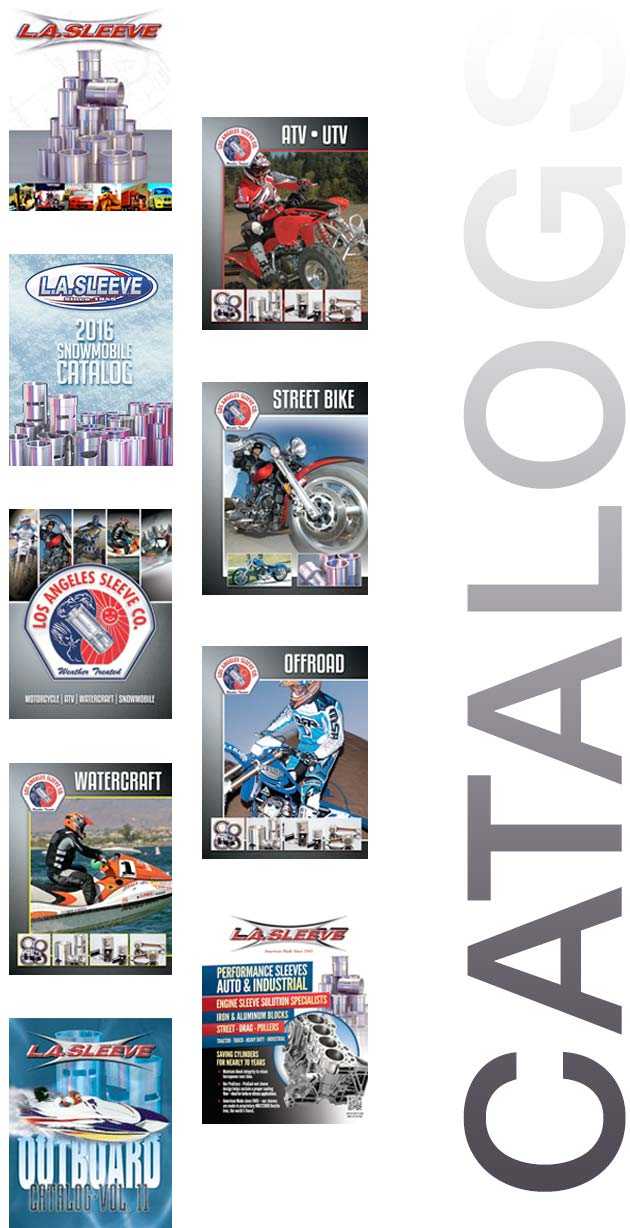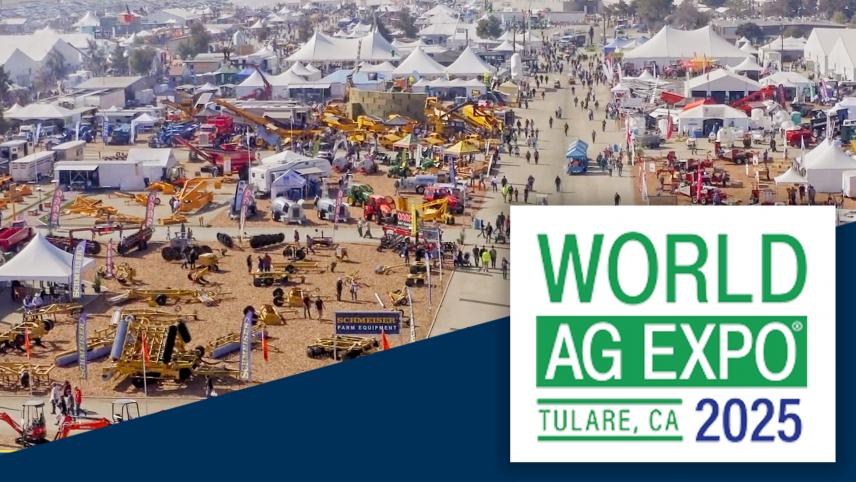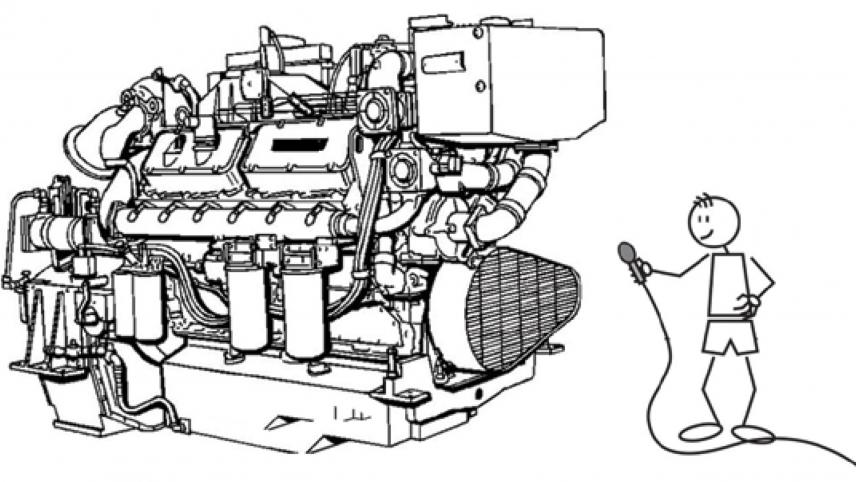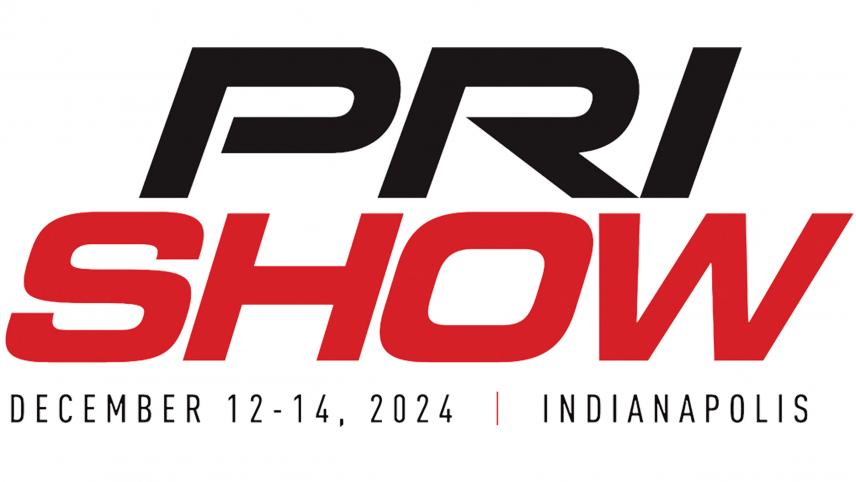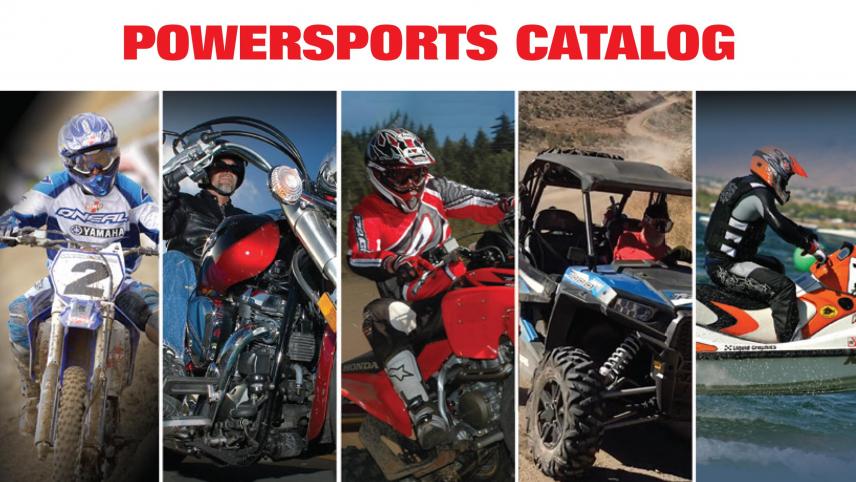Project Baja Dominator
August 28, 2018 by L.A.SLEEVE
It was a fitting first ride. The “Dominator” had been assembled for about a week when it crossed the border at San Ysidro. It wasn’t in the back of a truck, trailer or van; the bike and its companion, the “Junior Dominator,” were fully legal with California plates, and they rode through the border check without a second look from officials. Two days later, they would return. The Dominator, a newly refurbished 2002 Honda XR650R, was as strong as the day it rolled off the assembly line. The Junior Dominator, however, was on the other end of a tow rope. If motorcycles have egos, it was humiliated. It was a legalized XR400R that had made the Mexico run perhaps one too many times, and maybe, just maybe, it knew it was scheduled to be replaced by its bigger companion. It may well have died from a broken heart.
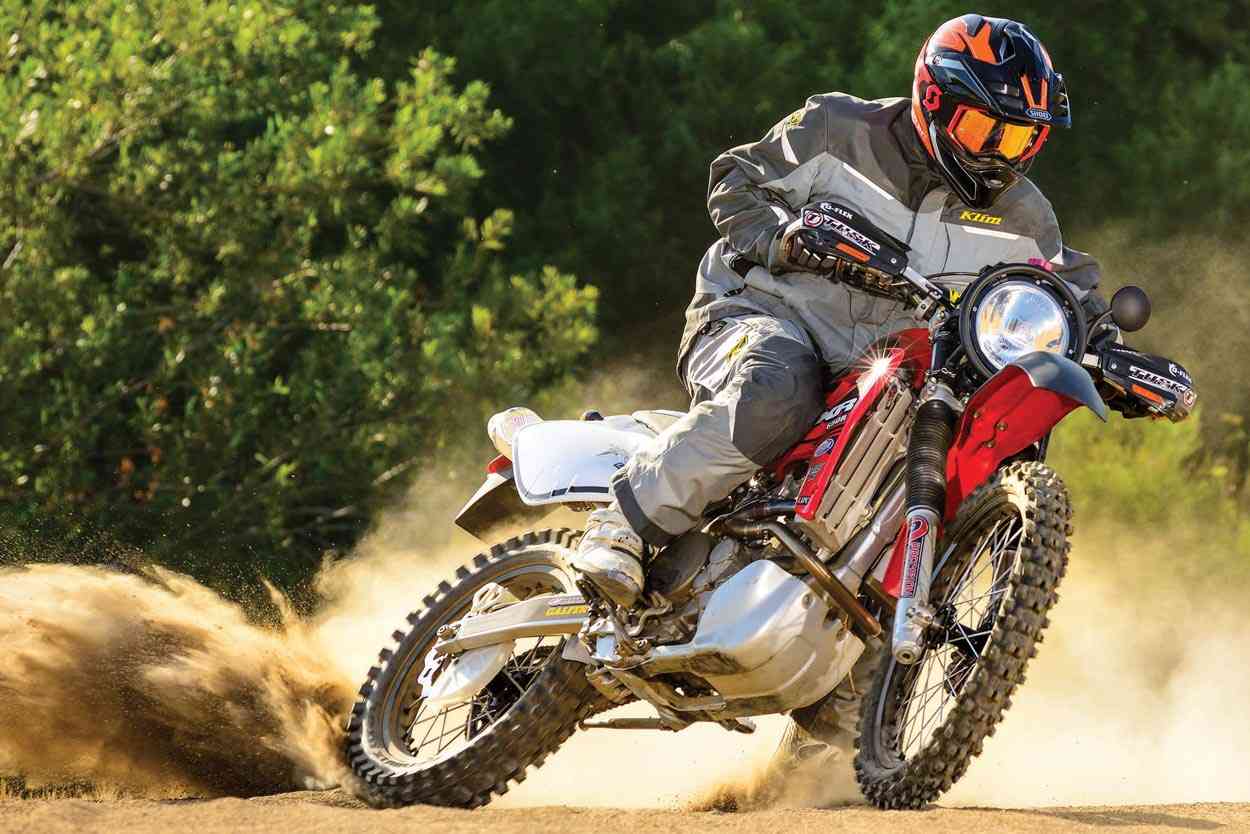
The Baja Dominator is a modernized 2002 Honda XR650R.
BAJA WANDERERS
The Dominator and Junior Dominator were both Craigslist bikes assembled by Mark Kalpakoff specifically for border-crossing excursions. The XR400R had been a good bike, but it was a placeholder. That spot in the Mark K garage had long been reserved for an XR650R, which, as anyone worth his salsa will tell you, is the gold standard of Baja bikes. There had been a 650 sitting there years ago. Much to Mark’s regret, it had been sold in order to pay for something fleeting and trivial—a mortgage or some equally forgettable bill. For a few years the XR400R served the same duties, but it just wasn’t the same as that 650. That one was the original Dominator, so named after it was gone.
A passive search continued for years. Honda 650Rs appear in the for-sale ads on a regular basis. They tend to be ridden hard and want for attention. That’s the problem with extremely reliable bikes like the XR. Nothing breaks, so nothing gets replaced. Ever. The bike was produced from 2000 to 2007, so even the newest 650R is going to be about 10 years old, and most will have every original part aside from tires and chain. In order to take the name Dominator 2, it would have to have very low time and show no abuse.
In spring 2016, the search turned up a candidate. It wasn’t perfect. The bike didn’t have maintenance logs and it wasn’t in great shape. In fact, it had been crashed and parked. The good news was that it appeared to have been parked a long time ago, and it was under $2000. So even though it was a little rusty and a little bent, it got the nod, and project Dominator was on.
THE 650R AND BRUCE O
The XR650R was always a Mexican superhero. Back in 2000, it was brought to the market through the sheer willpower of one man. Bruce Ogilvie had worked in Honda’s Project Planning Department for years and relentlessly pitched the bike to his bosses. There already was a big XR in the Honda line, but it wasn’t the bike Bruce envisioned.
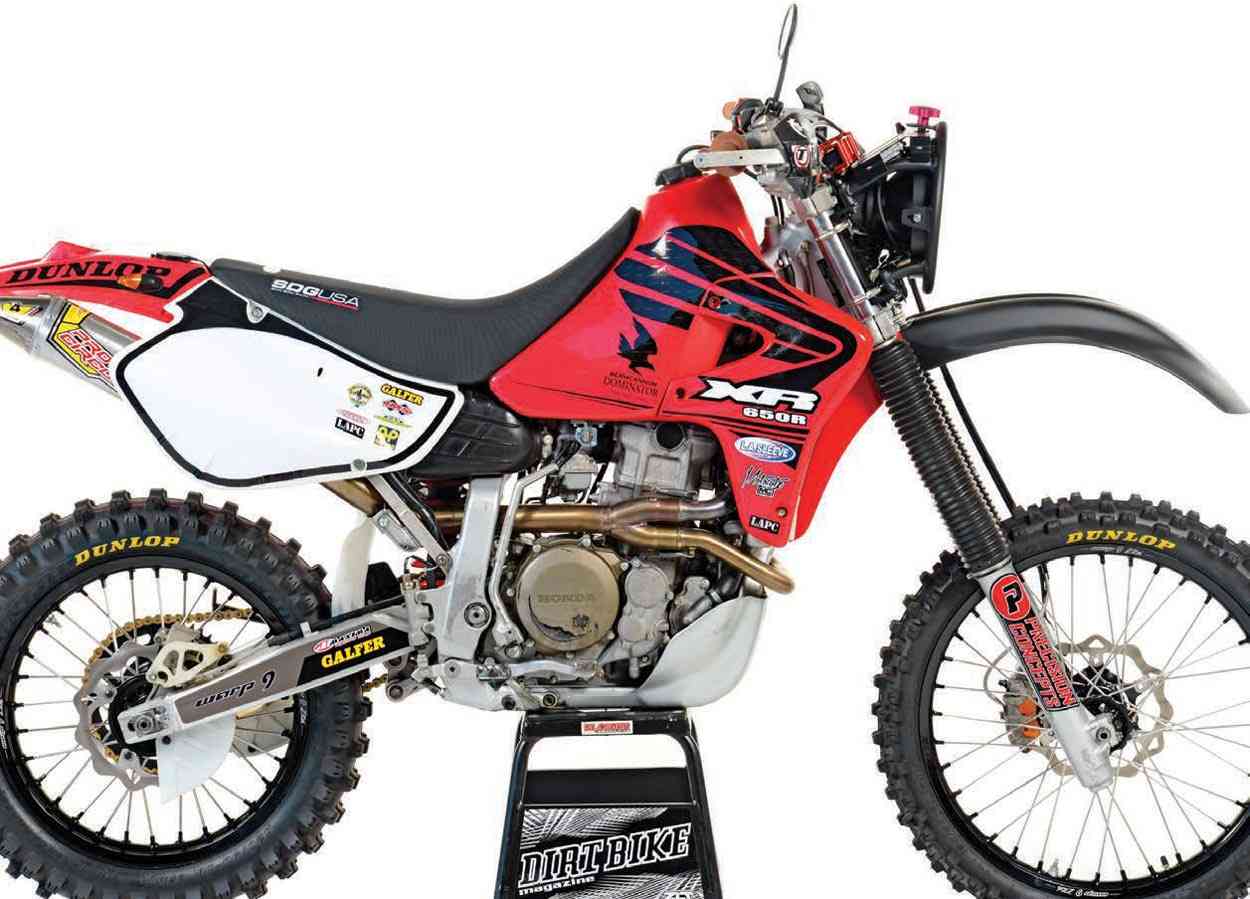
To those who don’t know their motorcycle history, the XR650R might be confused with the XR650L that is currently in Honda’s line. They have nothing in common.
The old XR600R was a dated, air-cooled play bike that got a second lease on life when Scott Summers decided to take it racing on the East Coast. Against all logic, Summers won race after race in the muddy woods of West Virginia, South Carolina and Georgia, so the brass at Honda didn’t see the need for something new. The XR650L was no solution; it was a street-legal version of the same outdated bike. Ogilvie wanted a more powerful machine with modern technology and, above all, unquestionable reliability.
Time passed, and Bruce O struggled to support a Baja team with the air-cooled XR. Even though the old beast could hold its own in tight woods, the XR was incapable of holding together in the brutal, 100-mph conditions of Baja. For nine years in a row Kawasaki won the Mexican 1000 with the incredibly powerful KX500, while the Honda team struggled to just finish.
Ogilvie’s dream bike finally arrived in time for the 1999 Baja 1000. It won easily with Johnny Campbell as rider of record. The bike was everything Bruce O dreamed it would be. As fate would have it, though, Kawasaki had pulled the plug on its Baja racing program by then, so there was never a head-to-head showdown between a factory-backed KX500 and the XR650R. It would have been a battle of giants.
Bruce Ogilvie passed away in April 2009, two years after the XR560R was dropped from the Honda line. The bike wasn’t a failure—far from it. It was very specialized, and everyone who wanted one got one in that seven-year run. They never broke, so virtually all the original XR650Rs remained in service with no need for replacement. The market had moved on to lightweight 450s by then, anyway, so the XR650R passed into legend, and today its legacy is only maintained by those who know what it is and what it can do.
PROJECT DOMINATOR
No matter how reliable a bike is, 14 years can be cruel. As expected, every part inside Dominator 2 was original, and Mark wanted a new motorcycle, so it came apart. His buddies—family, actually—at L.A.SLEEVE supplied all the parts and labor. Two of the valves showed wear, so they were replaced with Pro X valves at $58 each. The seats were machined, and the bike got a fresh valve job. It also got a fresh LAPC piston ($196) and O.E. clutch plates. Then it was buttoned up. A Pro Circuit T-4 exhaust system ($675) replaced the crash-damaged stock pipe.
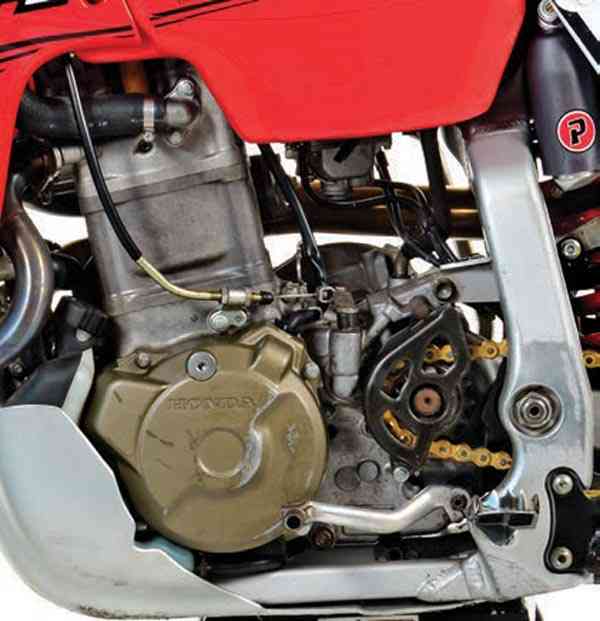
L.A.SLEEVE did all the motor work to make the XR new again. It got a new piston, two new valves and a valve job. Schedule the next maintenance for 2030.
The biggest single expense was a new set of wheels. The stockers weren’t bad but, once again, 14 years old, and chances are that no spoke had ever been tightened. Warp 9 put together a beautiful set of wheels with Galfer rotors and a Pro Taper sprocket. Now here’s the dilemma that bike rebuilders often face: do you go with the look of the era (i.e., silver or gold rims) or something a little more modern? Mark chose a modern-looking set of black rims, and they look awesome. It was over $900 in wheels, but you need to look at this as an investment. Some day this bike might be sold, and you’ll still have the Warp 9s for the next bike. Same thing goes for the 8-inch headlight.
With a 3.2-gallon IMS tank ($275) and Pro Pegs ($200), AP brake pads ($43), an SDG saddle ($137) and a Pro Taper chain, the bike was beginning to take shape. MotocutzMX. com custom-made new graphics.
MAIDEN VOYAGE
When it was all done, there was about $6000 invested in the bike. That sounds like a lot of money for a 14-year-old bike, but it was, essentially, a brand-new bike. You can’t buy anything like it today. Beyond that, it’s better than any 2017 motorcycle you can buy in Baja. When you get an XR650R going fast in a long series of Mexican whoops, it’s like a two-wheel Trophy Truck.
There were always a few flaws with the XR back in the day, and they can’t really be softened with modern technology. The biggest is the fact that you have to kick-start the bike. No one ever made a lightweight, bolt-on electric starter that worked well, although many tried. Back then a kickstarter was a sign of a race bike. Now you just have to accept the fact that you have to kick it three times at the start of every riding day. The first kick is to get the bike’s attention, the second is to show it you’re serious, and the third almost always results in success.
Even though the Dominator’s first Baja trip was cut short by the woes of its smaller companion, it will be back. And, maybe the Junior Dominator will be back as well. It might become the next project on the list. Every superhero needs a sidekick.
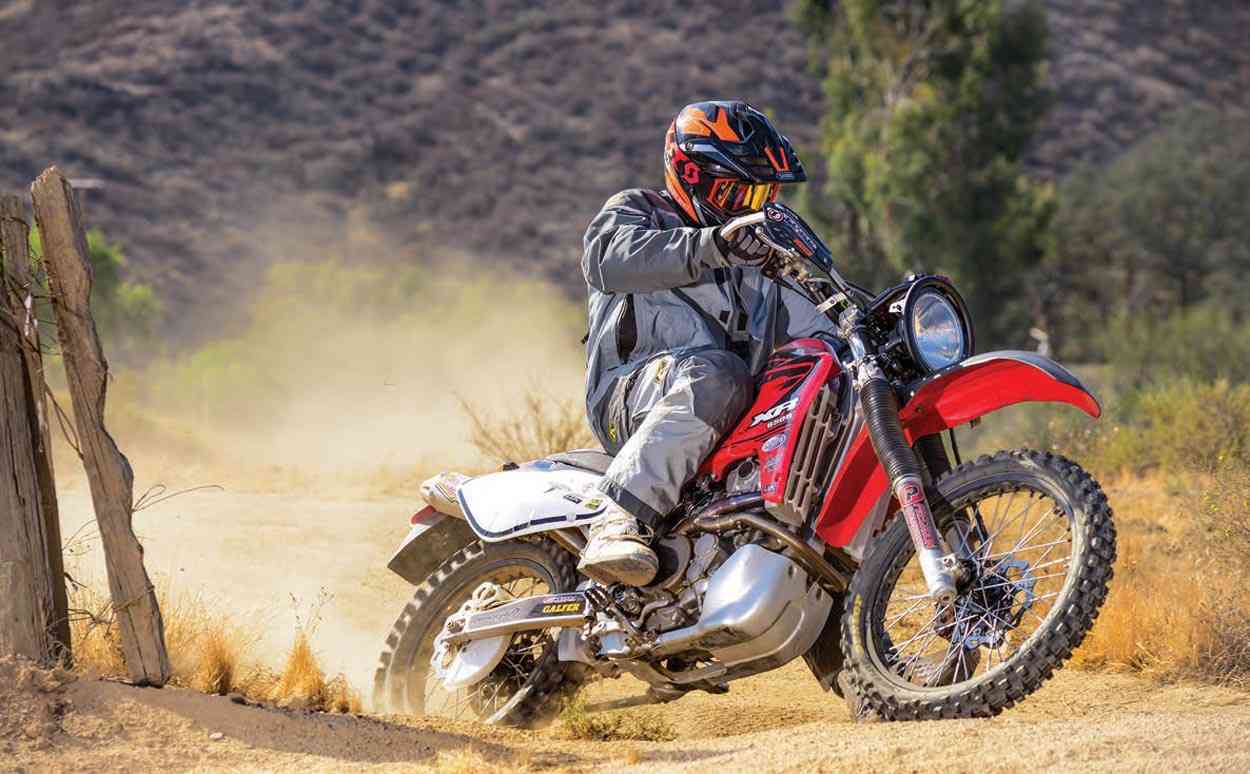
Videos
Watch the video Honda XR650R Dual Sport Find and Build Project for more on the Baja Dominator.
Courtesy of Dirt Bike Magazine
